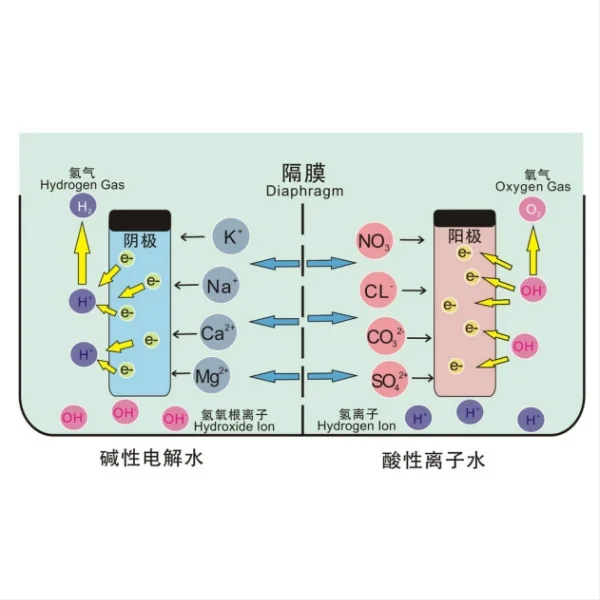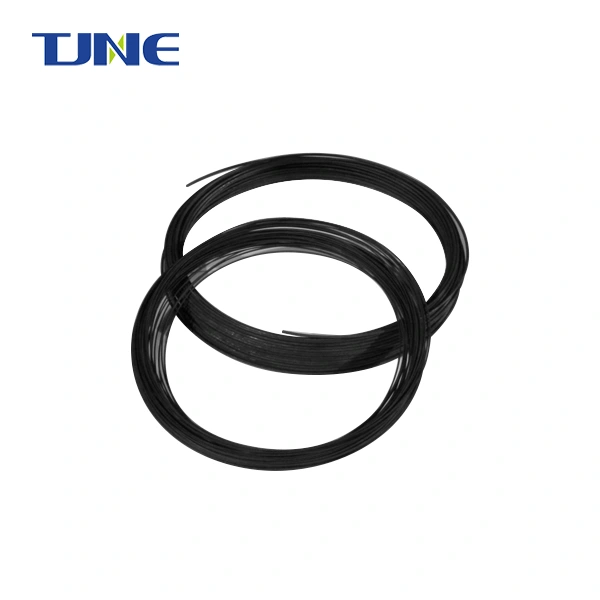- English
- French
- German
- Portuguese
- Spanish
- Russian
- Japanese
- Korean
- Arabic
- Greek
- German
- Turkish
- Italian
- Danish
- Romanian
- Indonesian
- Czech
- Afrikaans
- Swedish
- Polish
- Basque
- Catalan
- Esperanto
- Hindi
- Lao
- Albanian
- Amharic
- Armenian
- Azerbaijani
- Belarusian
- Bengali
- Bosnian
- Bulgarian
- Cebuano
- Chichewa
- Corsican
- Croatian
- Dutch
- Estonian
- Filipino
- Finnish
- Frisian
- Galician
- Georgian
- Gujarati
- Haitian
- Hausa
- Hawaiian
- Hebrew
- Hmong
- Hungarian
- Icelandic
- Igbo
- Javanese
- Kannada
- Kazakh
- Khmer
- Kurdish
- Kyrgyz
- Latin
- Latvian
- Lithuanian
- Luxembou..
- Macedonian
- Malagasy
- Malay
- Malayalam
- Maltese
- Maori
- Marathi
- Mongolian
- Burmese
- Nepali
- Norwegian
- Pashto
- Persian
- Punjabi
- Serbian
- Sesotho
- Sinhala
- Slovak
- Slovenian
- Somali
- Samoan
- Scots Gaelic
- Shona
- Sindhi
- Sundanese
- Swahili
- Tajik
- Tamil
- Telugu
- Thai
- Ukrainian
- Urdu
- Uzbek
- Vietnamese
- Welsh
- Xhosa
- Yiddish
- Yoruba
- Zulu
Dimensionally Stable Anodes (DSA) coating has revolutionized the field of electrochemistry and industrial electrolysis. When applied to titanium anodes, DSA coating offers a myriad of benefits that significantly enhance the performance, durability, and efficiency of these electrodes. This innovative coating technology has become a game-changer in various industries, from water treatment to metal production. In this blog post, we'll explore the numerous advantages of DSA coating for titanium anodes and why it has become an indispensable solution in modern electrochemical processes.
How does DSA coating enhance the performance of titanium anodes?
DSA coating, typically composed of mixed metal oxides such as ruthenium oxide (RuO2) and iridium oxide (IrO2), dramatically improves the performance of titanium anodes in several ways. These enhancements stem from the unique properties of the coating and its interaction with the titanium substrate.
First and foremost, DSA coating significantly increases the electrode's catalytic activity. The mixed metal oxides in the coating act as highly efficient electrocatalysts, reducing the overpotential required for various electrochemical reactions. This increased catalytic activity translates to lower energy consumption during electrolysis processes, making DSA-coated titanium anodes more economical and environmentally friendly than their uncoated counterparts.

The coating also extends the lifespan of titanium anodes by providing excellent corrosion resistance. In harsh electrolytic environments, uncoated titanium can form a passive oxide layer that increases electrical resistance and reduces efficiency over time. DSA coating prevents this passivation, ensuring consistent performance throughout the anode's service life. This durability is particularly valuable in industrial applications where frequent electrode replacement can be costly and disruptive to operations.
Another key benefit of DSA coating is its ability to maintain dimensional stability during electrolysis. Unlike traditional lead anodes that can deform or erode over time, DSA-coated titanium anodes retain their shape and size, even under intense operating conditions. This stability ensures uniform current distribution across the electrode surface, leading to more consistent and predictable electrolysis results.
The coating also enhances the surface area of the anode without changing its overall dimensions. The microscopic structure of the DSA layer creates a highly porous surface with numerous active sites for electrochemical reactions. This increased surface area boosts the electrode's efficiency by providing more locations for electron transfer to occur.
Furthermore, DSA coating improves the titanium anode's conductivity. While titanium itself is a good conductor, the coating further reduces electrical resistance, allowing for more efficient current flow. This enhanced conductivity contributes to lower power consumption and heat generation during electrolysis processes.
Lastly, DSA-coated titanium anodes exhibit exceptional chemical stability across a wide range of pH levels and electrolyte compositions. This versatility makes them suitable for diverse applications, from acidic to alkaline environments, without compromising performance or longevity.
What are the applications of DSA-coated titanium anodes in industry?
The remarkable properties of DSA-coated titanium anodes have led to their widespread adoption across various industries. These versatile electrodes have found applications in numerous processes where efficient and durable anodes are essential.
In the water treatment industry, DSA-coated titanium anodes play a crucial role in electrochlorination systems. These systems generate chlorine on-site for disinfection purposes, eliminating the need for storing and handling hazardous chlorine gas. The high catalytic activity and corrosion resistance of DSA-coated anodes make them ideal for producing chlorine efficiently and safely from saltwater or brine solutions.
The metal finishing and plating industry has also embraced DSA-coated titanium anodes. In electroplating processes, these anodes provide consistent current distribution and minimal contamination, resulting in high-quality metal coatings. Their dimensional stability ensures uniform plating thickness, while their durability reduces maintenance and replacement costs in plating baths.
In the chlor-alkali industry, where chlorine, sodium hydroxide, and hydrogen are produced through the electrolysis of brine, DSA-coated titanium anodes have become the standard. Their ability to withstand the corrosive environment of chlorine production while maintaining high efficiency has made them indispensable in modern chlor-alkali plants.
The production of printed circuit boards (PCBs) is another area where DSA-coated titanium anodes excel. In the electroplating stages of PCB manufacturing, these anodes ensure precise and uniform copper deposition, critical for creating high-quality circuit boards with fine features and consistent performance.

In the field of cathodic protection, DSA-coated titanium anodes are used to prevent corrosion in large metal structures such as ships, pipelines, and offshore platforms. Their long lifespan and stable performance make them ideal for these long-term protection systems, where reliability is paramount.
The mining and metallurgy industries utilize DSA-coated titanium anodes in electrowinning processes to extract metals from their ores. The anodes' high efficiency and resistance to corrosion in acidic electrolytes contribute to more economical and environmentally friendly metal recovery operations.
In advanced wastewater treatment, these anodes are employed in electrooxidation systems to break down persistent organic pollutants. Their high oxygen evolution efficiency and stability in oxidizing environments make them effective in treating industrial effluents and removing recalcitrant contaminants.
The production of specialty chemicals, such as persulfates and perchlorates, also benefits from DSA-coated titanium anodes. These electrodes can withstand the highly oxidizing conditions required for synthesizing these compounds while maintaining high current efficiency.
Why is DSA coating considered a breakthrough in electrode technology?
The development of DSA coating technology represents a significant breakthrough in electrode design and performance, revolutionizing numerous electrochemical processes across industries. This innovation has addressed many of the limitations associated with traditional electrode materials, offering a combination of benefits that were previously unattainable.
One of the primary reasons DSA coating is considered a breakthrough is its ability to dramatically extend the lifespan of electrodes. Before the advent of DSA technology, many industrial electrochemical processes relied on graphite or lead anodes that degraded rapidly, requiring frequent replacement. DSA-coated titanium anodes, in contrast, can operate for years without significant performance loss, drastically reducing downtime and maintenance costs in industrial settings.
The exceptional stability of DSA coatings under extreme conditions is another factor that sets this technology apart. These coatings can withstand high current densities, extreme pH levels, and elevated temperatures without degradation. This stability opens up new possibilities for electrochemical processes that were previously limited by electrode performance, enabling more efficient and cost-effective industrial operations.
DSA coating technology has also made significant contributions to environmental sustainability. By improving the efficiency of electrochemical processes, DSA-coated anodes help reduce energy consumption and minimize the carbon footprint of industrial operations. Additionally, their use in water treatment and pollution control applications has enhanced our ability to address environmental challenges effectively.
The versatility of DSA coatings is another aspect that makes them a breakthrough technology. By adjusting the composition of the mixed metal oxide coating, researchers and engineers can tailor the electrochemical properties of the anode to suit specific applications. This flexibility has led to the development of specialized DSA-coated anodes for a wide range of industries and processes, further expanding their impact.
Furthermore, DSA coating technology has stimulated innovation in related fields. The success of DSA-coated anodes has inspired research into new electrode materials and coating techniques, driving progress in electrochemistry and materials science. This ripple effect has led to advancements in energy storage, fuel cells, and other electrochemical technologies.
The economic impact of DSA coating technology cannot be overstated. By improving process efficiency, reducing energy consumption, and extending equipment lifespan, DSA-coated titanium anodes have contributed to significant cost savings across industries. This economic benefit has accelerated the adoption of more environmentally friendly and efficient electrochemical processes on a global scale.
In conclusion, DSA coating provides numerous benefits for titanium anodes, including enhanced catalytic activity, extended lifespan, dimensional stability, and improved efficiency. These advantages have led to the widespread adoption of DSA-coated titanium anodes across various industries, from water treatment to metal production. The breakthrough nature of DSA coating technology has not only revolutionized existing electrochemical processes but also paved the way for new applications and further innovations in the field. As research continues and new applications emerge, the impact of DSA-coated titanium anodes is likely to grow, further cementing their status as a pivotal technology in modern industrial electrochemistry.
If you are interested in the products of Xi'an Taijin New Energy & Materials Sci-Tech Co., Ltd., please contact yangbo@tjanode.com.
References
1. Trasatti, S. (2000). Electrocatalysis: understanding the success of DSA®. Electrochimica Acta, 45(15-16), 2377-2385.
2. Martínez-Huitle, C. A., & Ferro, S. (2006). Electrochemical oxidation of organic pollutants for the wastewater treatment: direct and indirect processes. Chemical Society Reviews, 35(12), 1324-1340.
3. Kraft, A. (2007). Doped diamond: a compact review on a new, versatile electrode material. International Journal of Electrochemical Science, 2(5), 355-385.
4. Panizza, M., & Cerisola, G. (2009). Direct and mediated anodic oxidation of organic pollutants. Chemical Reviews, 109(12), 6541-6569.
5. Comninellis, C., & Chen, G. (Eds.). (2010). Electrochemistry for the Environment. Springer Science & Business Media.
6. Géletin, F., & Orazem, M. E. (2011). Dimensionally stable anodes for chlor-alkali production. Journal of The Electrochemical Society, 158(3), P18-P26.
7. Santana, M. H. P., De Faria, L. A., & Boodts, J. F. C. (2005). Electrochemical characterisation and oxygen evolution at a heavily boron doped diamond electrode. Electrochimica Acta, 50(10), 2017-2027.
8. Chen, X., Chen, G., & Yue, P. L. (2001). Stable Ti/IrOx-Sb2O5-SnO2 anode for O2 evolution with high oxygen evolution efficiency. The Journal of Physical Chemistry B, 105(20), 4623-4628.
9. Qian, K., Chen, Z., Chen, J., & Jiang, Z. (2019). Recent advances in the development of dimensionally stable anodes (DSAs) for efficient chlorine evolution reaction. Journal of Applied Electrochemistry, 49(11), 1107-1131.
10. Danilov, F. I., & Protsenko, V. S. (2020). Electrodeposition of composite coatings using titanium-based dispersed particles: A review. Surface Engineering and Applied Electrochemistry, 56(1), 3-19.
Related Industry Knowledge
- Why Should You Consider Electrodeposited Titanium Electrodes for Copper Plating?
- How Can an Electrodeposited Titanium Electrode Improve Nickel-Cobalt Battery Performance?
- Why is Semiconductor Plating Crucial for Modern Electronics? Understanding the Process and Benefits
- What Makes PCB RPP Copper Plating Essential for Durable Surface Area Enhancement?
- How Does Gold Plating Enhance PCB Performance? An In-Depth Exploration
- How Does PCB VCP DC Copper Plating Work in Direct Current Systems?
- What Industries Rely on DSA Anodes for Electrochemical Processes?











